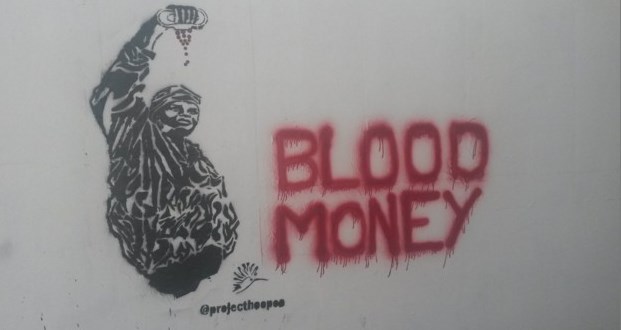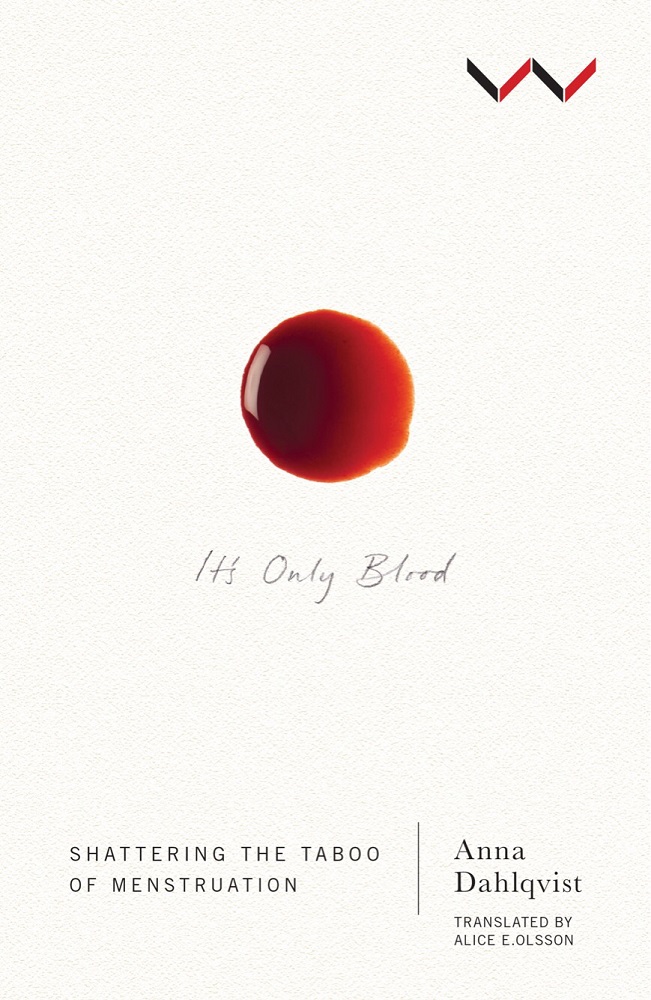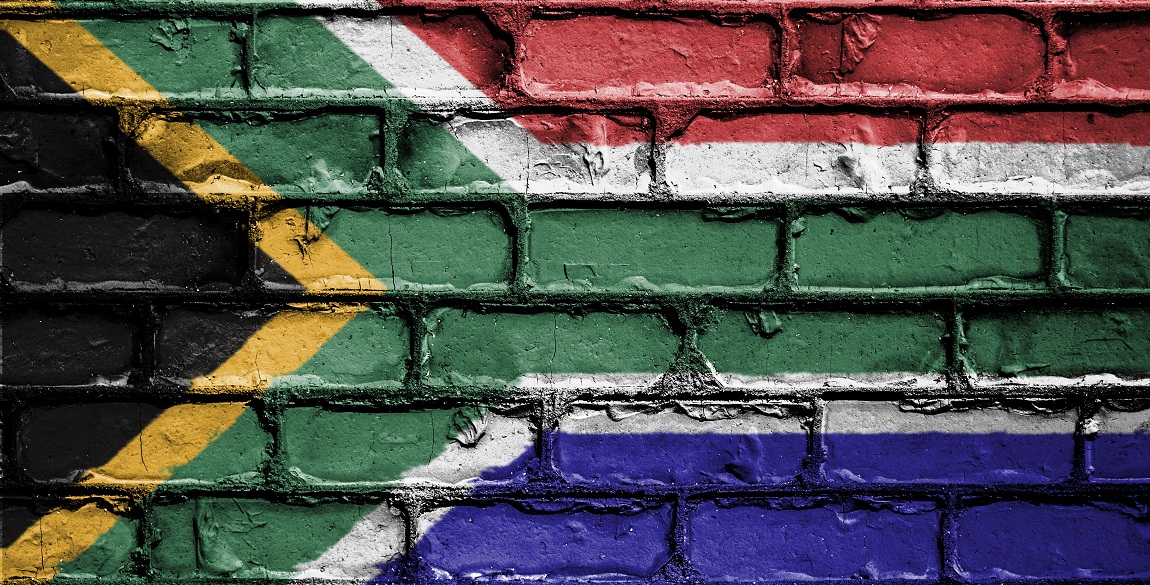Millions of people around the world experience menstruation. It is a basic biological bodily function and yet menstruation is often viewed as something shameful. Regardless of a person’s economic, political and social standing, if a person menstruates, it is accompanied by shame. However, for some menstruators, shame can have dire consequences. In her book It’s Only Blood, Anna Dahlqvist tells these people’s stories.
Anna Dahlqvist is a journalist specialising in gender, sexuality and human rights. She is the editor-in-chief of Ottar, a Swedish magazine focusing on sexual politics and has previously published a book on illegal abortion and abortion rights in Europe. All of that experience is clearly visible in the book in terms of the expertise and nuance that is given to the various issues that menstruators face around the world.
“The silence is a disaster for those of us who menstruate. It makes us powerless… The revolution has to happen everywhere,” Dahlqvist (2018)
What’s the book about
This is the way the book ends and yet it essentially sums up what the entire book is about. From Bangladesh to Kenya, Ghana, India and Sweden, all of the people Dahlqvist speaks to relate their experiences of shame and silence. They talk about the times when they have to hide their menstruation and are harshly judged for what they cannot control. While the experiences of shame, silence, and stigma are universal, the author says she used the lens of poverty to show these experiences are not universal. When we live in a time where menstrual products advertisements don’t even use blood in them, it’s easy to see how much more difficult the shame is for people on the ground.
The author visits various different areas involved with menstruation. There is the shame of course but there is also the stains. This looks at how the girls in a village on the African continent deal with the visibility of shame. She goes into the days that menstruators have to lose because they cannot go to school and work while menstruating. The first thing that comes to mind could be the pain that accompanies menstruation being a preventative factor. Yet the lost days are because the menstruators do not have access to water and menstrual products so they can’t participate in public life.
Rules around menstruation
One very interesting chapter refers to the set of rules about menstruation. These exist around the world and could be culturally and religiously “inspired”. They have very little basis in fact and only serve to reinforce the stigma around menstruation. They are extremely damaging and pervasive. Some of these rules can even lead to death for the menstruators. However, Dahlqvist profiles the people who subvert these traditions such as going to be the temple while menstruating.
When poverty and menstrual shame clash, it brings up a whole other level of violations. Menstruators who find themselves in lower economic standings often risk their health and lives sometimes while menstruating. The book was jarring because even as someone who engages with conversations around menstrual shame and stigmas, many of situations people find themselves in are shocking. It is a real lesson in privilege.
Young girls in Uganda and other countries in the Global South have to face shame for menstruating. However, added to that is the fact that they do not even have access to things like clean water to wash. They do not have adequate access to menstrual products whether it be disposable or environmentally friendly products. Even a simple thing like changing their menstrual products-something essential for good health-means navigating around religious and cultural taboos.
Then there are the women who work in factories in Bangladesh. They already face untold discrimination for the work they do. The work environment is dangerous and menstruating in that environment is all that more difficult. The women use the scraps of unused material as menstrual products. These are the ones that lie on the floor of the dirty factory carrying diseases and illness. This makes menstruation a life-threatening process.
Extraordinary work
Dahlqvist’s work is extraordinary because she combines all the different factors surrounding menstruation. There’s the lived experiences of people who menstruate. There is the academic work which is being produced around menstruation and the language which is used. There are the activists and civil society organisations who go to the United Nations and other such international organisations to get institutional change.
Then there are the people working on the ground. The women and men in the communities who are working to change stereotypes and outdated ideas of menstruation. They are educating people who menstruate about good health and sanitation. They are trying to develop sustainable and affordable menstrual products using local and limited resources. Theirs is the work that is thankless and often not profiled. However, Dahlqvist manages to amplify all those voices through her work.
Overall, the book is an easy read. There is no use of highbrow academic language. The people are represented well. The information presented is easy to understand. It’s a tough read on the other hand. It challenges one’s privilege as being a menstruator with access to good healthcare, sufficient menstrual products, and adequate water and privacy. It opens up the conversation and discourse around what progress has been made with fighting stigmas and making menstruation safe for all. A lot of work is being done but much, more needs to be done.
The book is available through Wits University Press and other good book stores.











